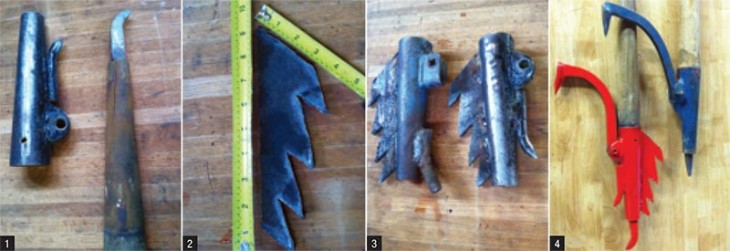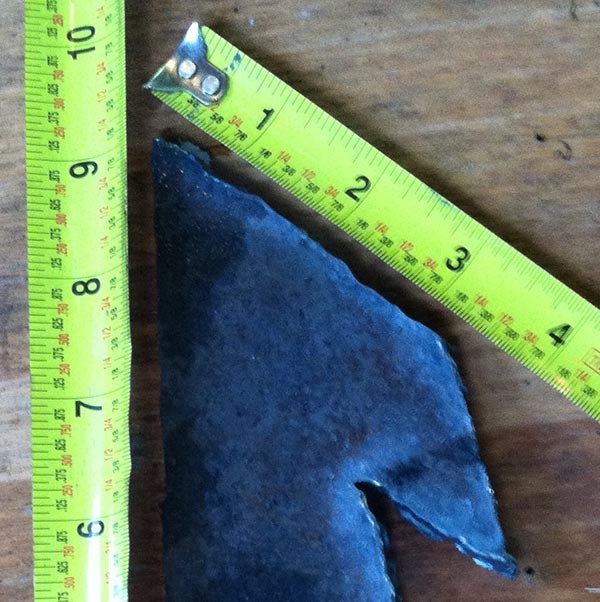While the mighty axe rightly receives credit for felling most of the timber of the eighteenth and nineteenth centuries, it was the peavey that took the work out of moving these logs, on both land and water. This often used and perennially abused tool was the creation of blacksmith and inventor Joseph Peavey – an industrious Mainer with a penchant for problem solving. Among Peavey’s inventions were the spill-proof inkwell, the wooden screw vice, the hay press, and the impressive Peavey Hoist, capable of yanking even the most stubborn oak stumps.
As the story goes, Peavey developed the namesake tool after watching several river drivers try to free a log jam on the Stillwater Branch of the Penobscot River in the spring of 1857. By modifying a cant hook so that it had a sharp point and a swinging dog (hook), the peavey gave lumbermen a more efficient way to skid, deck, turn, and pry logs.

As fine an example of practical engineering as the peavey is (literally unchanged for 157 years), there’s still room for a couple modifications that will yield greater efficiency on the landing and in the woodlot. I’ve experimented with a few design improvements that I can recommend:
Modification One: More spikes mean more contact with the log, ultimately making each stroke more efficient. By adding a second spike below the primary point, the user can confidently develop an efficient rhythm yielding more push per stroke. The secondary spike can be constructed out of an old railroad spike or a ¾-inch bolt that’s about 5 inches long. Tack weld the point and check to make sure it’s in line with the primary point before welding it the rest of the way.
Modification Two: By bending both the original point and the second spike (described in “Modification One”), you’ll create an angle that requires less bending by the user, and more contact with the log. Each of these four-sided points can be created, and kept sharp, using an angle grinder.
Modification Three: Make it a razorback. This modification has its roots in competitive lumberjack sports. The multiple points allow you to roll logs along the ground or up a log deck with ease. Like the pushing spikes, the razorback may be sharpened using an angle grinder. This alteration is particularly useful when rolling hardwood logs.


